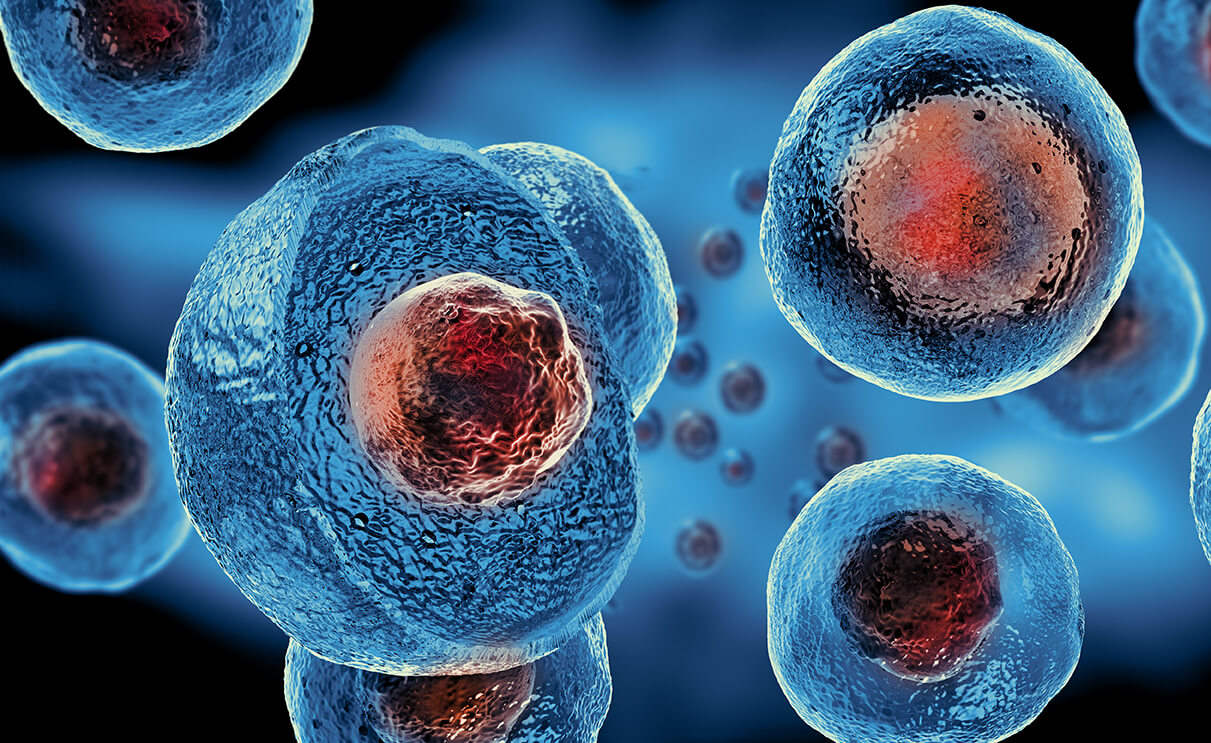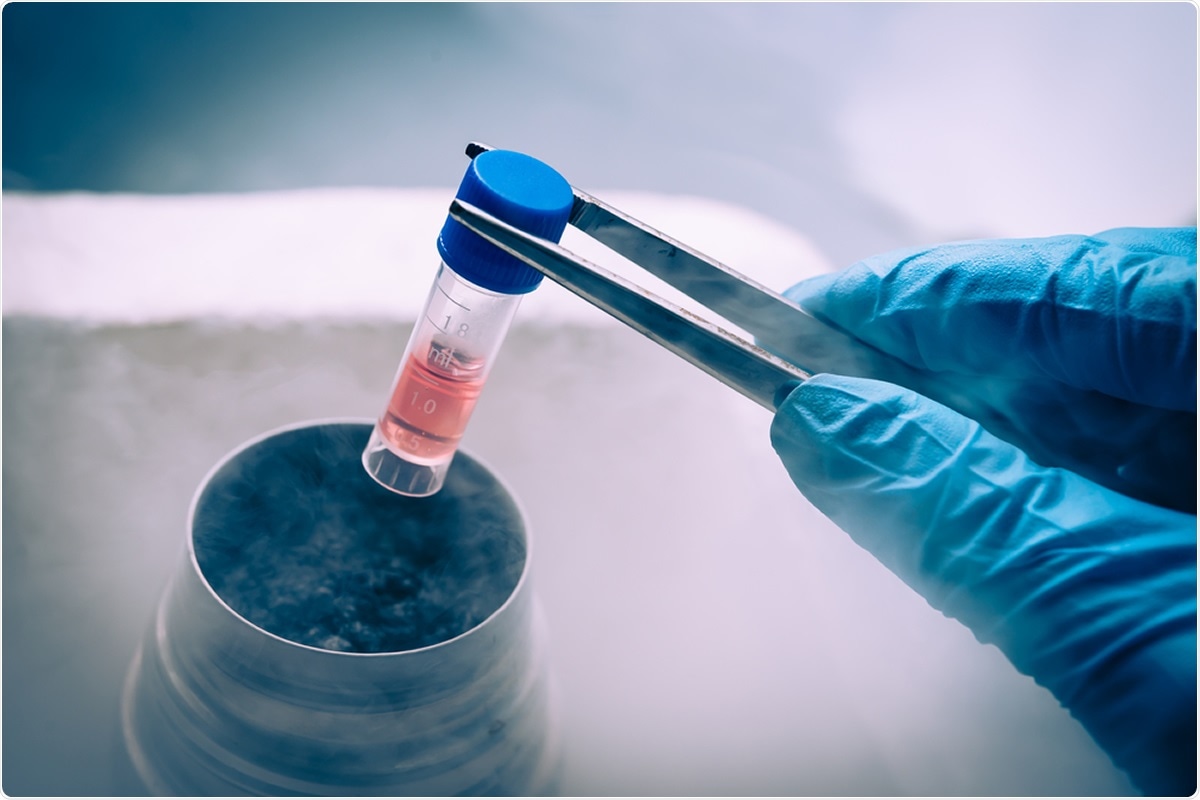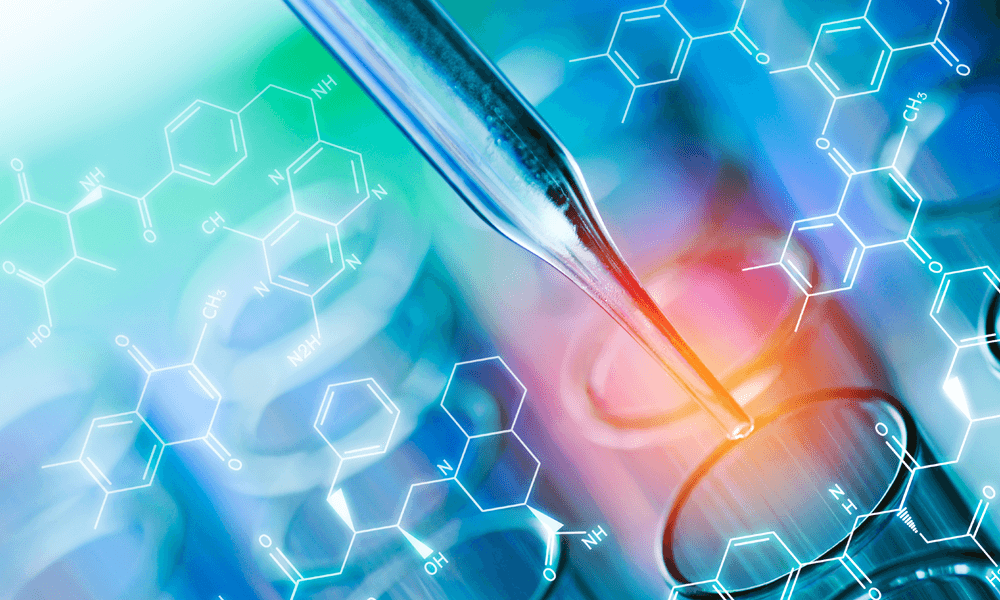Many people suffer from chronic pain caused by injured joints or aging every other day. There are several remedies to injured joints, but stem cell therapy is the recent and most innovative approach.
Stem cell therapy revolves around the regenerative medicine principle, and a majority of medical professionals are turning to it for pain management and treatment. According to Dr. Bonaventure, who sits on the board of certified orthopedic specialists, stem cell therapy is proving to be effective in treating arthritis, among other joint problems that might cause chronic pain.
Doctors prefer using stem cell therapy because it’s a less invasive strategy for managing and treating joint pain.
An Overview of the Basics of Joint Pain Relief and Stem Cell Therapy

Stem cell therapy is gaining wide acclaim for safety and effectiveness in the treatment of joint pain. This innovative treatment approach sits at the heart of regenerative medicine because it essentially aims at boosting the patient’s natural healing ability at cellular levels.
During therapy, the patient is guided on how they can support their body’s rebuilding and repairing damaged tissues. Osteoarthritis, for example, is a joint condition that presents itself when tissue structures within the patient’s joints begin to deteriorate from natural wear and tear.
As the joint tissue structures begin to wear down, the patient starts to experience stiffness followed by severe pain. Stem cell therapy is affected by administering a concentrated dose of stem cells, or platelet rich plasma, near the injured joint. The stem cells will help the body’s natural tissue regeneration.
The stiffness and pain decrease as the worn-down tissues are gradually replaced by new and healthy tissues.
Where are Stem Cells Sourced From?

There are several sources of stem cells, but the medical fraternity prefers extracting them from the patient’s body (autologous stem cells). An adult’s body is stacked up with stem cells throughout different parts, including the bone marrow.
The material necessary for stem cell therapy is collected from the patient’s bone marrow through a quick procedure. The doctor then proceeds to separate the stem cells from all other pertinent factors.
It’s also possible to use stem cells from a donor, but that approach poses the risk of contamination, rejection, and other potential issues. Using self-donated stem cells helps prevent these risks.
The Safety of Stem Cell Therapy
Self-donated stem cells are considered safe due to the low risk of contaminations and rejection since they are collected from the patient’s body. This minimizes any possibilities of unwanted reactions.
The most prevalent side effects associated with stem cell therapy include temporary pain and swelling. Although most of these therapies are considered safe, they still pose some risks, just like any other medical procedure. However, these risks may increase due to some of the following factors:
- Stem cells mixed with other chemicals
- Use of a different type of stem cell (e.g., pluripotent cells instead of adult cells)
- Cultured stem cells (collected from the patient but developed in the lab)
Research shows that therapy procedures that involve some of these practices might elevate the risk of developing a tumor. Like with most treatment approaches under regenerative medicine, research on stem cell therapy is still ongoing. It is also worth noting that the FDA is yet to approve this innovative treatment, hence lax regulations.
Factors Affecting Stem Cell Therapy Research

One of the problems facing ongoing stem cell studies is that there is no standard stem cell therapy from joint pain treatment. This means that the form of stem cell therapy in one study could be extremely different from that of another study. Below are some of these differences:
- The mode of delivery of the stem cells to the affected joint
- How the cells were separated from other tissues harvested with them
- Where the cells were collected from
In some cases, these differences can be complicated by other unknown factors. For instance, the doctor cannot expressly state how many stem cells are needed for the treatment in question. In addition, the doctors cannot tell whether the patient’s cells are competent and potent enough to help in healing.
The Effectiveness of Stem Cell Therapy
The question of whether stem cell therapy is an effective treatment for osteoarthritis lacks an outright answer because it’s dependent on several factors. It remains a controversial topic among healthcare professionals, and research on the same is still ongoing.
How Stem Cell Therapy Works as Shown by Research

There have been all sorts of theories coined by different researchers concerning how stem cells therapies work in treating arthritic joints. Most theorize that when administered in the affected arthritic joint, the stem cells might:
- Suppress inflammation, which might worsen the arthritis
- Cause the development of cartilage cells
- Trigger the release of cytokines proteins responsible for lowering pain and slowing down cartilage degeneration.
For stem cell therapy to work effectively, one of three processes mentioned above has to take place. It could also be two or all the three of them. Research shows that this regenerative treatment procedure bears positive results.
However, critics are skeptical that no prospective, double-blind study has been done to prove the efficiency and efficacy of stem cell therapy. As it may, there have been several clinical studies supporting stem cell therapy, and most medical professionals consider them gold standard.
While the treatment approach is proving to be effective as per clinical studies, there is a need for more research on the topic. Medical professionals need to verse themselves with all necessary information regarding this new joint pain treatment approach. This will help establish any side effects that might arise if any.
The Use of Stem Cells and Platelet Rich Plasma (PRP)

As stem cell therapy continues to evolve as an effective regenerative treatment option for joint pains, physicians are turning to the use of stem cells with platelet-rich plasma. The latter is derived from the patient’s blood samples.
Platelets within the blood are known to secrete proteins and growth factors responsible for regulating cell division, promoting healing, and stimulating cell and tissue regeneration. Like with stem cells, platelet-rich plasma therapy can be used independently to treat arthritic joints.
Today, physicians have turned to using stem cells together with PRP in hopes that the platelet-rich plasma will help optimize the healing properties of stem cells. However, research on this topic is still ongoing.
The Future of Stem Cell Therapy

Stem cell therapy is not a completely new phenomenon within the medical sphere. It’s an approved procedure for treatment of some forms of cancers, restoration of chemotherapy patients’ immune systems, and treatment of burn victims.
Bone marrow transplant happens to be the most widely known form of stem cell therapy that has proved effective on numerous occasions. Today, we witness clinical trials across the globe trying to assess the viability of stem cells in the treatment of advanced heart conditions, spinal cord injuries, male pattern blindness and reverse neurodegenerative diseases.
It is evident that stem cell therapy as a form of regenerative treatment might be the future of medicine. These supercells can uniquely transform into healthy cells and tissues, making them the best candidate for treating injured tissues. In summary, stem cell therapy is enough proof that the human body is capable of self-healing.

